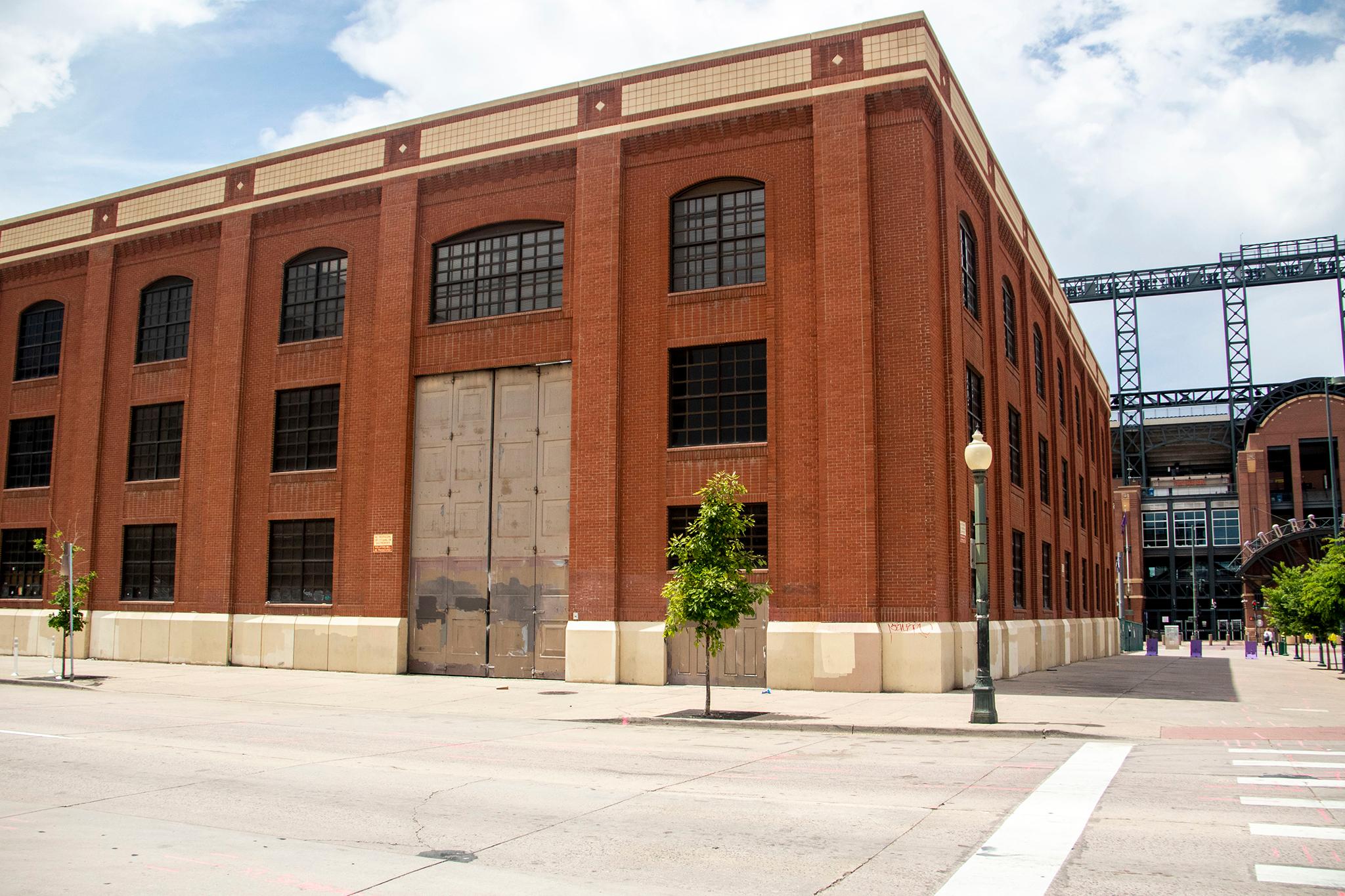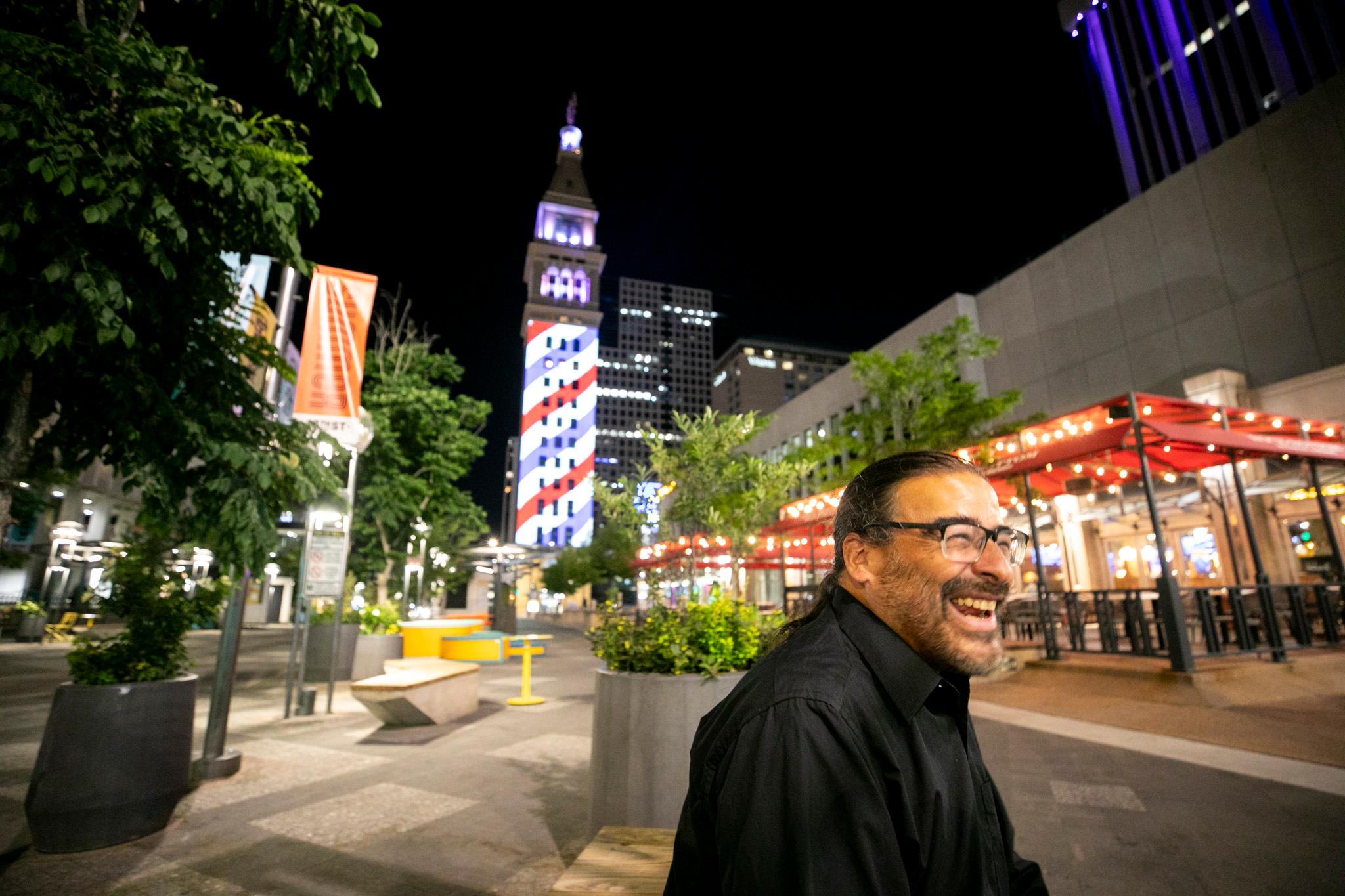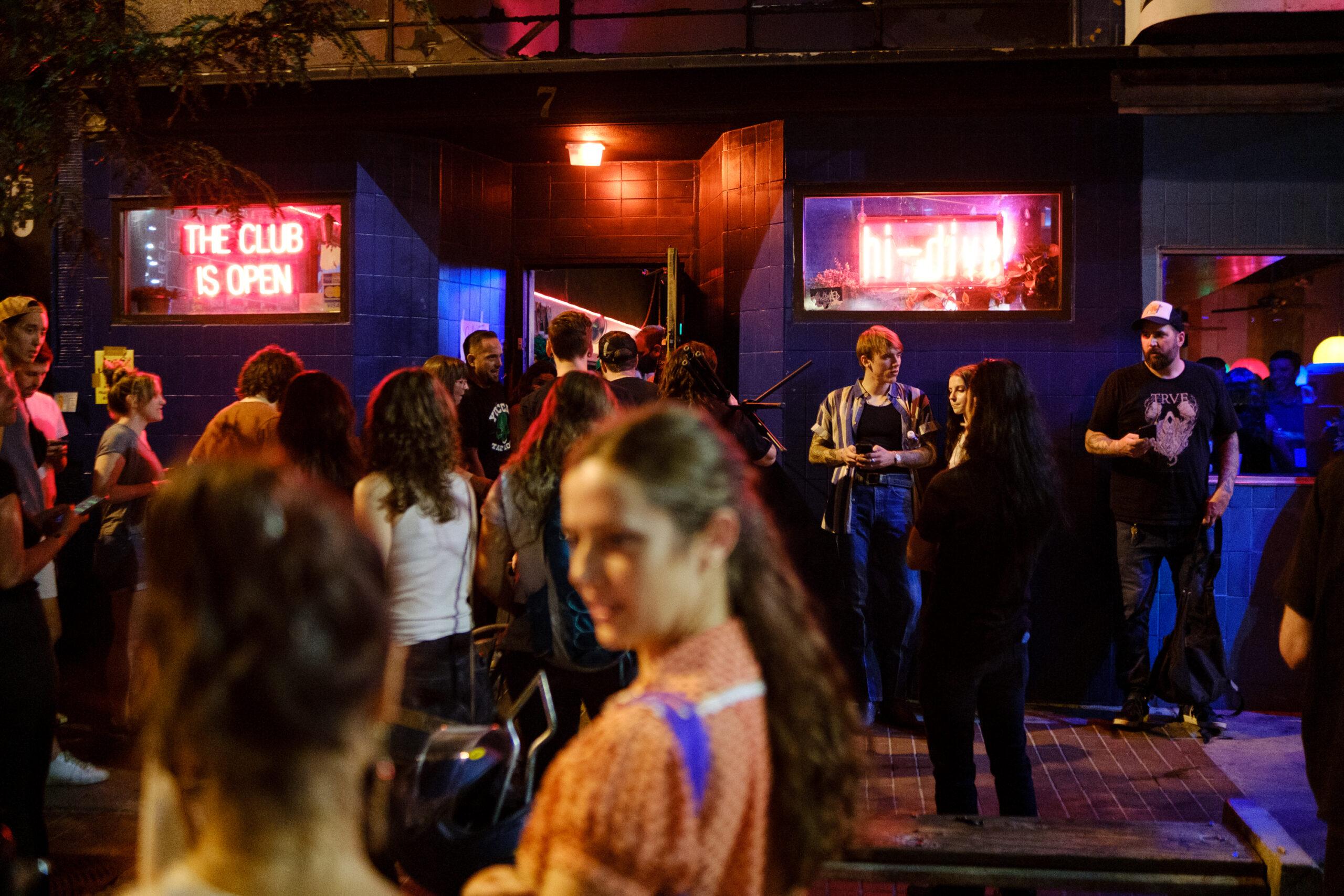If you've ever hung out downtown, you might recognize a tall building with unusual doors at the corner of 21st and Market Streets. It's been on Jonathan Tofel's mind.
"My kids and I drive past 2095 Market Street every day on our way to school," he wrote to our newsroom. "My three kids keep asking me why the doors on that building are two stories tall."
We went digging to find out!
The short answer: It's a utility building that will need big doors for equipment - whenever it's used.
The Public Service Company of Colorado, which later became Xcel energy, bought the property on Market Street in 1990 and built what is now called the Barker substation. But there hasn't been so much as a whimper out of Barker since it was built.
A substation converts energy from big transmission lines into smaller wiring so that it can be distributed to the neighborhood. DPL Western History Collection librarian and utility nerd Roger Dudley told us the station was originally planned to support Coors Field's construction in the 1990s, which was expected to massively transform both the neighborhood and its power needs.
Barker is still slated to become an active utility site, though its timeline has been repeatedly pushed back. A 2011 plan from Xcel said the station would open in 2015. A 2020 report had it pegged for 2021. A 2021 report has it slated to open in 2025.
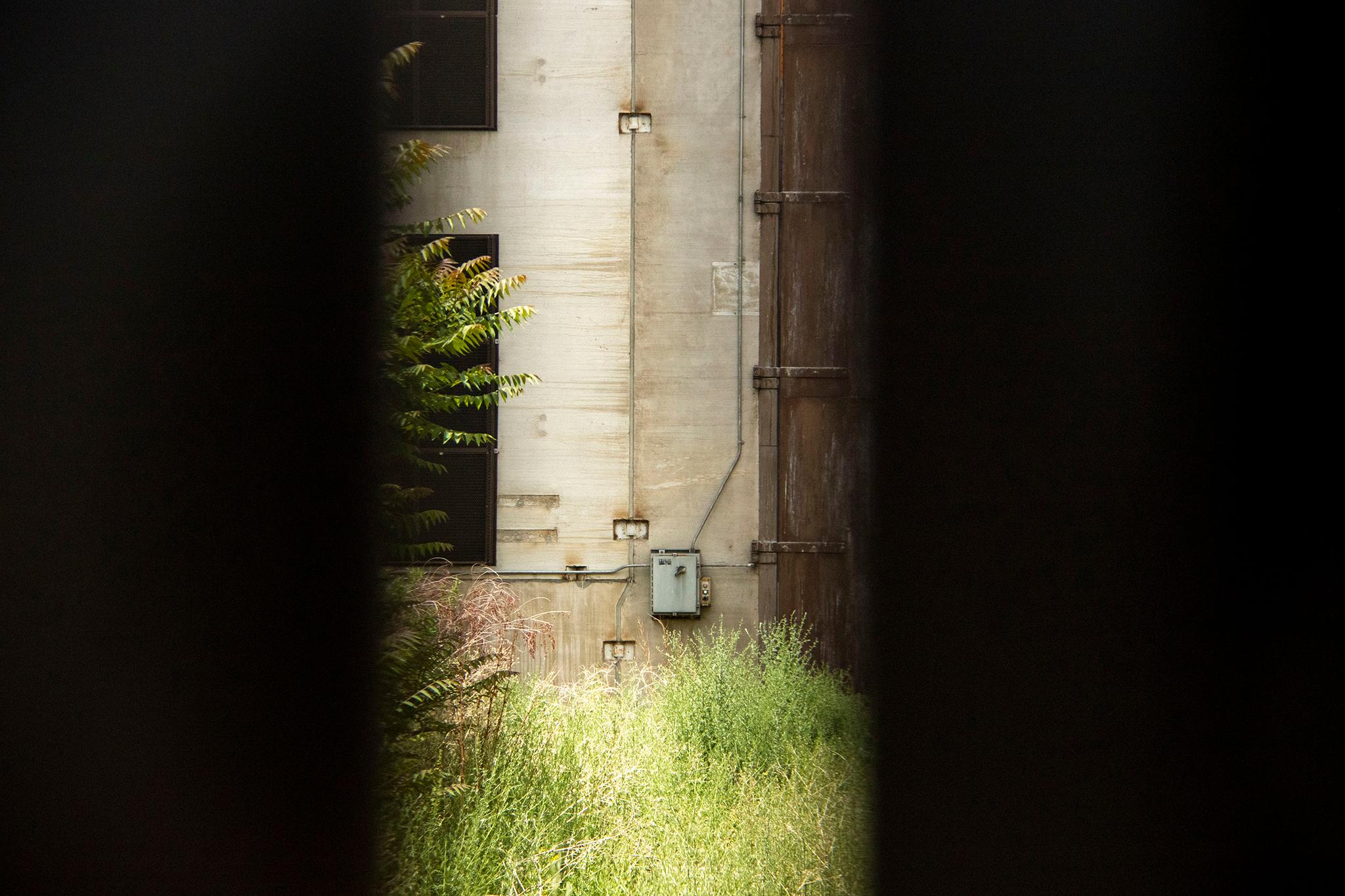
Despite the structure on the lot, Denver's property records describe it as "vacant land." A peek between those tall doors shows an overgrown, empty lot inside. You can see it from Google Maps, too.
Whenever it does open, the utility will need a high clearance to move in big equipment and vehicles. A company spokesperson told us that's why the doors are so tall.
Dudley also told us the substation's architectural style was meant to help it "fit in with the neighborhood." Xcel's spokesperson later corroborated this.
Now, a rabbit hole into LoDo history:
While the substation is only a few decades old, its address on Market Street has been host to a lot of people since Denver sprung up in the Front Range. (Though our question-asker wrote the address as 2095 Market St., it's actually 2053.)
For instance, it was right in the middle of Denver's Chinatown, which was dense with residents around the turn of the century before a white mob burned it down in an act of racist terror. A Chinese business directory from 1913 says one business, Sam Hing and Co., was located at the address near sellers of "general merchandise" and "fancy goods."
Old fire insurance maps show the block's layout in 1903, which featured a shooting gallery, a livery, several museums of unknown subject matter and a restaurant with a stage inside. By the 1950s, these insurance maps show the Barker address as vacant land.
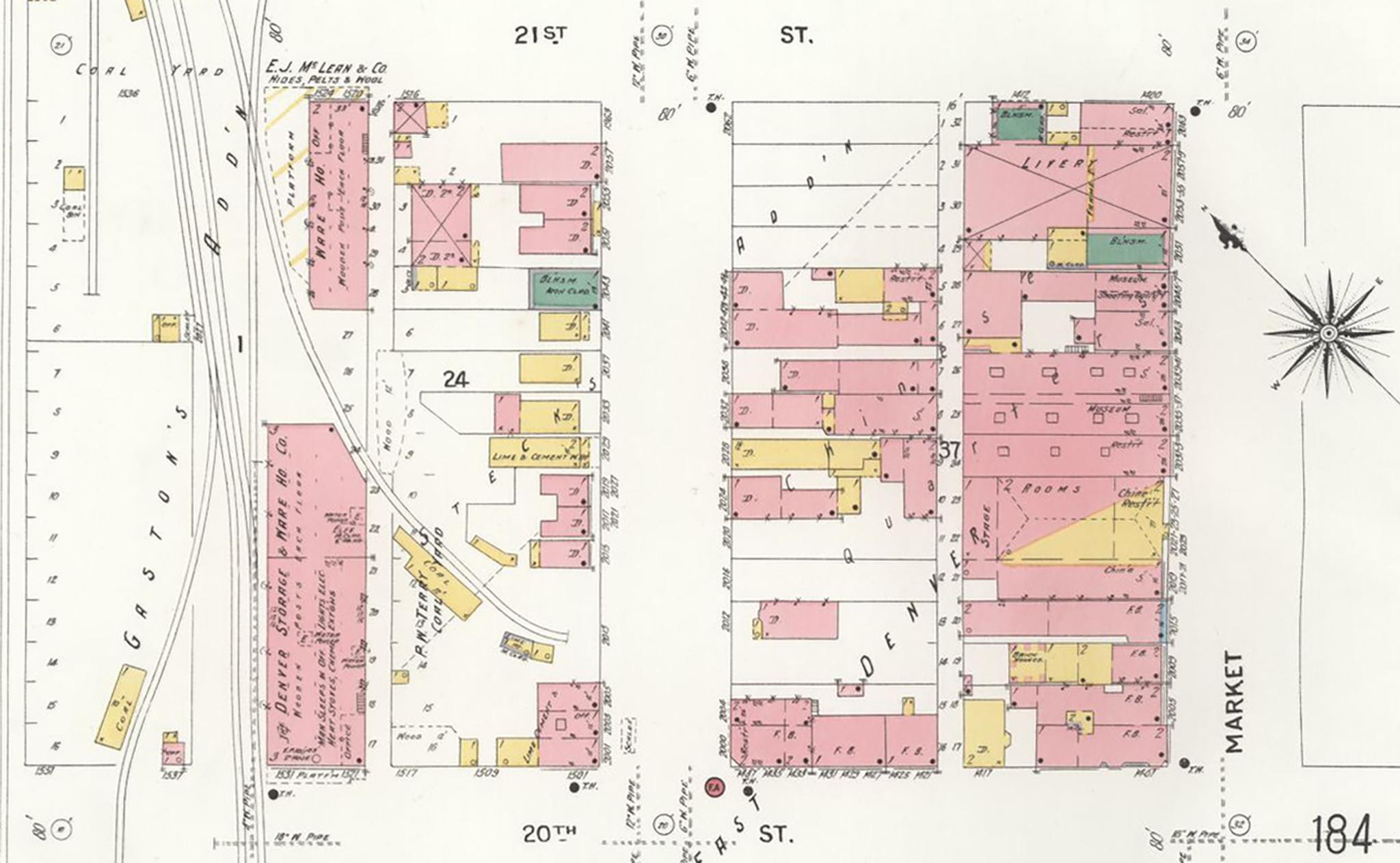
We also found macabre records related to the address. One is a roundup of people buried at Riverside Cemetery, the city's oldest, who lived at 2035 Market. One was an infant who died in 1923. Another was a man who'd "slashed a detective with a pocket knife" in 1936 and was later shot dead by police in his boarding house room at 2035 Market Street. A third, in 1936, was described as a "desperado" driven from his room by tear gas and "slain by a charge from a sawed-off shotgun" in a "gun battle" with Denver police; an officer, looking for the man in the bunkhouse, knocked on his room door and was met with "a burst of gunfire and curses."
An article from The Jewelers' Circular newspaper in 1922 described a situation in which "$4,000 worth of jewelry" was found on the "ragged clothing" of a man who lived at 2035 Market Street while he was being arrested for another crime. While police "ventured the belief that it had been stolen from a jewelry establishment," they had no evidence. The local jewelry stores hadn't reported any thefts, so police locked him in the city's jail while they tried to find a crime.
Most of the men who had connections to the address and were killed by police were people of color.

It's worth mentioning that buildings on the Barker substation block didn't always have a "Market Street" address. In the city's early days, it was called Holladay Street, and it was home to Denver's red light district. Dudley told us brothels like the one owned by underworld legend Mattie Silks did not sit well with the Holladay family, for whom the street was named, and they asked that it be called something else.
More recently, 2035 Market St. was smack in the middle of LoDo's renaissance, even if it didn't change like its neighbors.
According to Denver clerk records, the Public Service Company of Colorado bought the substation parcel for $3 million. Its prior owner was a real estate group called Blake Street Venture, LLC. The men behind the company owned property all over downtown, and sold their holdings as the city changed through the '80s and '90s.
George Gatseos II, son of one of Blake Street Venture's founders, said his father and his colleagues were major players in the city's transformation. In addition to buying and selling buildings, his dad, George I, also leased tons of space to businesses moving in.
"He was the number one, they called him, in the boom of the '70s and '80s. He was the dean of real estate leasing in Denver, and he did some of the biggest deals," Gatseos II told us.

While speculators and developers were getting rich, other business owners were on their way out.
Ronald Walsh, who ran an interior design shop in one of the old Blake Street brothel buildings, said the area was known as the place to buy furniture and the like. He knew it was time to go when he heard a baseball team was heading to the neighborhood.
"We knew Coors was coming, so we sold it," he told us. "All these people - the parking was limited to begin with. We didn't want disruptions, so that's why we disposed of the place."
As LoDo entered a new phase, the property that housed Chinese businesses, then a bunkhouse, then a vacant lot, would transform with it. But while many of the neighborhood parcels found new roles as nightlife spots and restaurants, 2035 Market is really still waiting to grow into its full potential.

